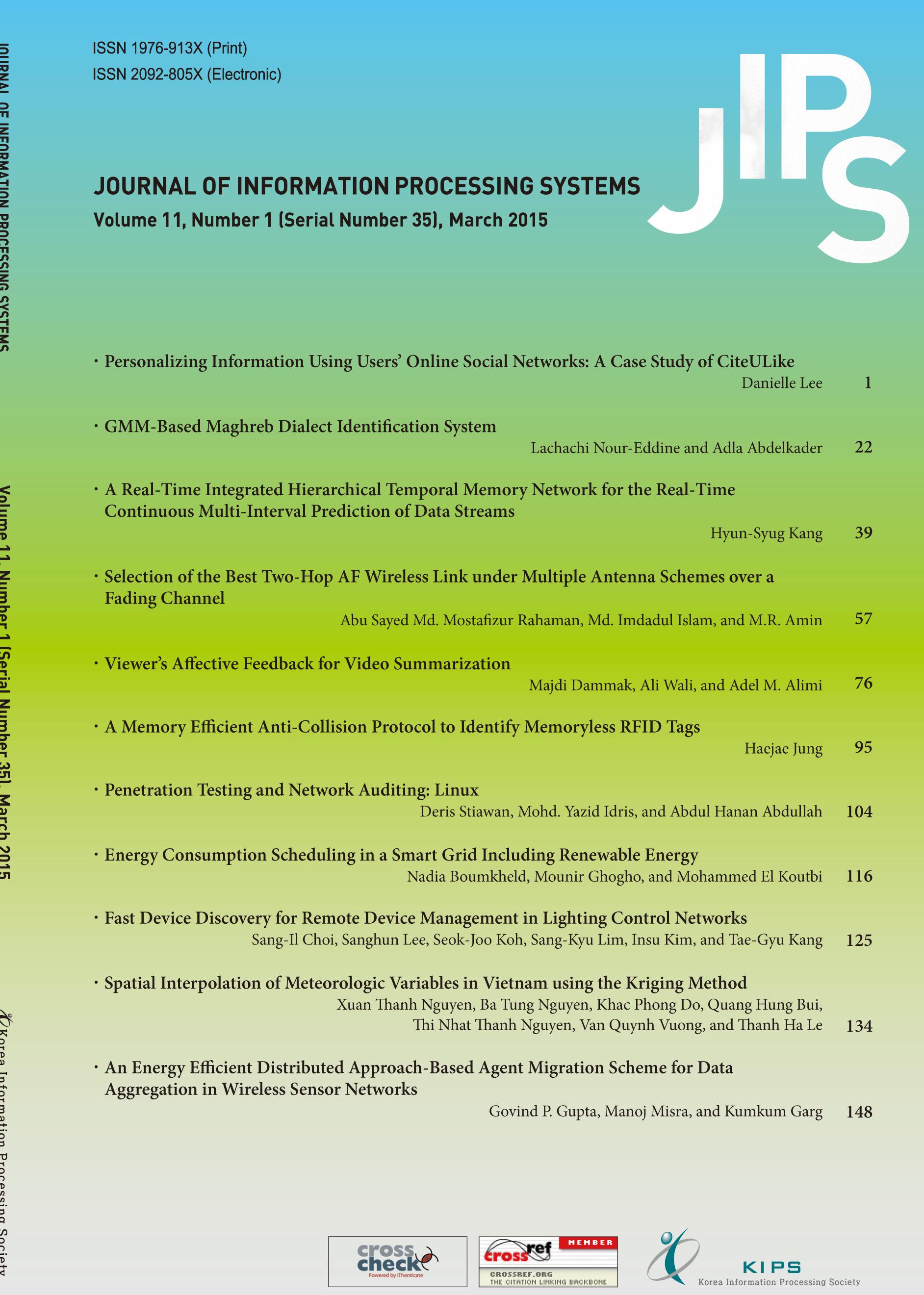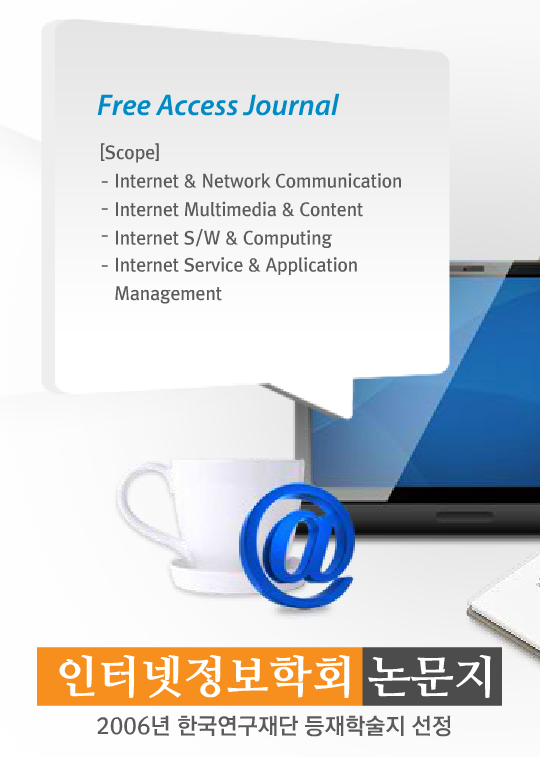International Workshop on Big Data Visual Exploration and Analytics
BigVis 2018
- URL: http://bigvis2018.imis.athena-innovation.gr/
- Event Date: 2018-03-26 ~ 2018-03-26
- Submission Date: 2017-12-25
- Location: Vienna, Austria
Computer Graphics Data Mining & Analysis Databases & Information Systems Human Computer Interaction
scientists, data journalists, policy makers, SMEs and individuals. A major characteristic of these datasets is that they are: accessible in a raw format that are not being loaded or indexed in a
database (e.g., plain text files, json, rdf), dynamic, dirty and heterogeneous in nature. The level of difficulty in transforming a data-curious user into someone who can access and analyze that data
is even more burdensome now for numerous non-expert users.
In the Big Data era, several challenges arise in the field of data visualization and analytics. First, the modern exploration and visualization systems should offer scalable data management techniques
in order to efficiently handle billion objects datasets, limiting the system response in a few milliseconds. Besides, nowadays systems must address the challenge of on-the-fly scalable visualizations
over large and dynamic sets of volatile raw data, offering efficient interactive exploration techniques, as well as mechanisms for information abstraction, sampling and summarization for addressing
problems related to information overplotting. Further, they must encourage user comprehension offering customization capabilities to different user-defined exploration scenarios and preferences
according to the analysis needs. Overall, the challenge is to enable users to gain value and insights out of the data as rapidly as possible, minimizing the role of IT-expert in the loop.
The BigVis workshop aims at addressing the above challenges and issues by providing a forum for researchers and practitioners to discuss exchange and disseminate their work. BigVis attempts to attract
attention from the research areas of Data Management and Mining, Information Visualization and Human-Computer Interaction and highlight novel works that bridge together these communities.













